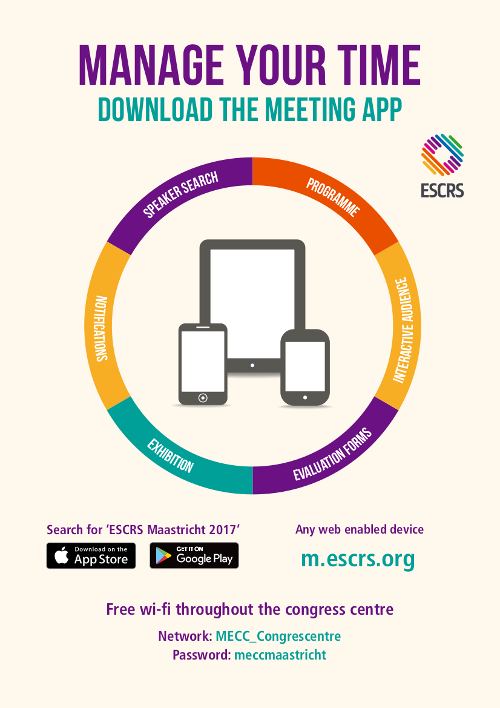Posters
(results will display both Free Papers & Poster)
Visual and refractive outcomes in manual small incision cataract surgery vs phacoemulsification
Poster Details
First Author: M. Anbar EGYPT
Co Author(s): M. Maged K. Mohamed H. Ammar
Abstract Details
Purpose:
The aim of this study is to compare the refractive
outcome following manual small-incision cataract surgery versus
phacoemulsification and to calculate the surgically induced
astigmatism (SIA) following both techniques.
Setting:
Sohag university Hospital, Egypt
Methods:
The study was conducted on 64 eyes of 63 consecutive patients with cataract who will undergo either phacoemulsification (Phaco) surgery (group 1; n=32) or manual small-incision cataract surgery (MSICS) (group 2; n=32). Patients were examined at day one, one week, one month and three months postoperatively. The basic postoperative parameters were uncorrected and best- corrected visual acuity. The surgically induced astigmatism (SIA) was calculated by SIA calculator version 2.1in which the preoperative and post-operative K-readings and their axes were used.
Results:
In the last postoperative visit, the uncorrected visual acuity ranged between 6/18 to 6/9 in both groups. The visual acuity was markedly improved on 3 months
follow-up in comparison to pre-operative status (p<0.0001) and in comparison to early postoperative status (p<0.0001). Phaco group had a better visual acuity on 3 months follow-up (p<0.01). The mean SIA is 2.08 in the phaco group while in the MSICS group is 2.96. There is no statistical significant difference of either amount (p=0.166) or axis (p=0.195) of surgically-induced astigmatism among patients treated with PHACO and patients treated with MSIC.
Conclusions:
MSICS is an effective, fast, and economical technique,ensuring satisfactory astigmatism-free rehabilitation for patients. In addition, MSICS has no steep learning curve. MSICS must be considered as an alternative to phacoemulsification in very difficult cataract cases, in which the cornea may be compromised by the excessive use of ultrasound power and in developing countries, where the possession of sophisticated and expensiveinstruments such as a phacoemulsification machine is not viable for most institutions.
Financial Disclosure:
None



